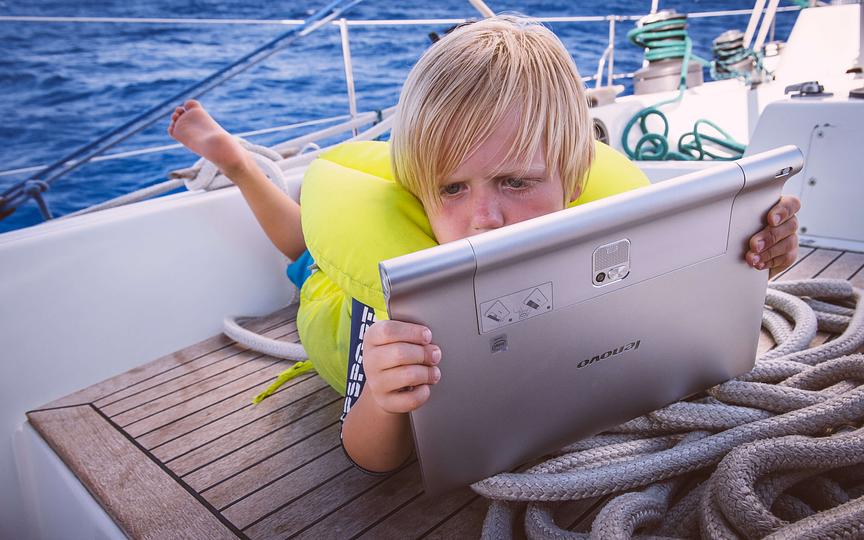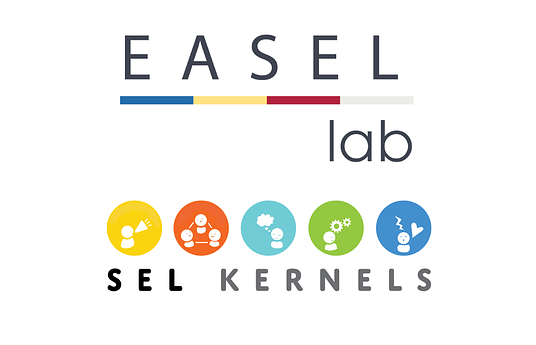Concerns about their child finishing compulsory education may put a stop to a family's dream of working abroad or travelling the world.People often think that school is the only way to learn. However more and more parents homeschool their children, sometimes on the road.
Distance learning or parent-led learning provide versatile and flexible ways for individuals to learn. These methods allow the child to learn from their own experiences and the world around them.
School on a sailboat is an experimental education project where basic education is taught inside a sailboat far away from classrooms and teachers. Phenomenon-based learning forms the basis for this type of individual learning, every sight and experience during the journey can be studied. The goal for this model is to aid those who are unable to participate in traditional schooling or wish to find a different style of education.
Foregoing traditional lessons, this method is built on the principle that we are actually learning all the time, so education doesn’t have to be in a classroom. The educational material may arise from everyday activities and experiences, including cooking, navigating and different cultures encountered along the way. This allows the learning process to be effortlessly multidisciplinary and topical. Ideally every port provides a novel learning opportunity that is also applicable to the national curriculum.
Because the schedule and progress in studies are flexible they serve to encourage the student to extend themselves. Technologyenhances learning and motivates the children to study independently.
This model allows families to play a more active role in their children's studies.Families can become even closer when parents learn right along with the children and learning becomes a family project. School-based learning may be replaced in part or entirelyby this method.
This innovation strives to prove that efficient individual learning methods glean exceptional learning results.
The student's progress in their studies and knowledge are measured using the Finnish national core curriculum, Sanoma Pro published study materials and existing Finnish tests.
After the first year, the results are very promising: Studies have progressed faster than the average expectation for the age-group. Finnish teachers have been consulted during the year on Finnish and math, for example.
Sail for Good (SFG) is a project conducted during 2016–2022. The project features a prototype of the digital school of the future which operates on a sailboat hosting three siblings. Many innovations have been studied and developed during the project such as new teaching methods for individual and participatory distance learning. In addition, the participants have experimented with smart learning platforms and innovative teaching materials. Global learning assessment has been tested, as well.


